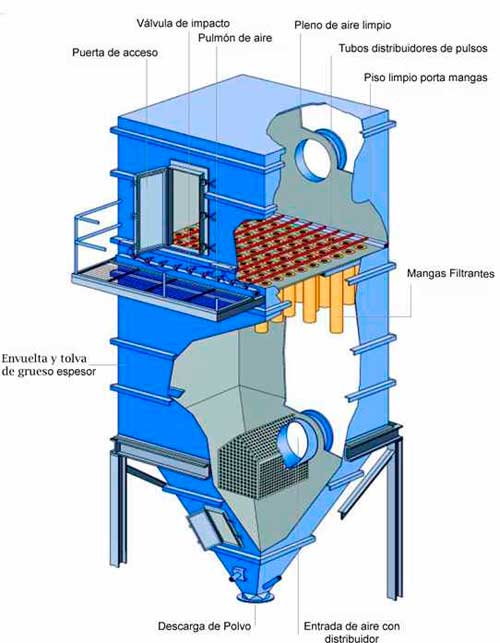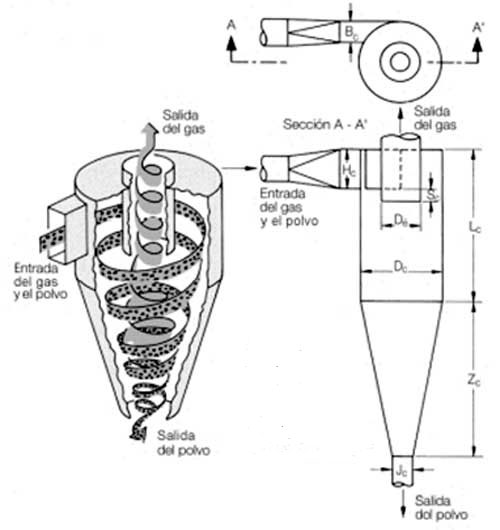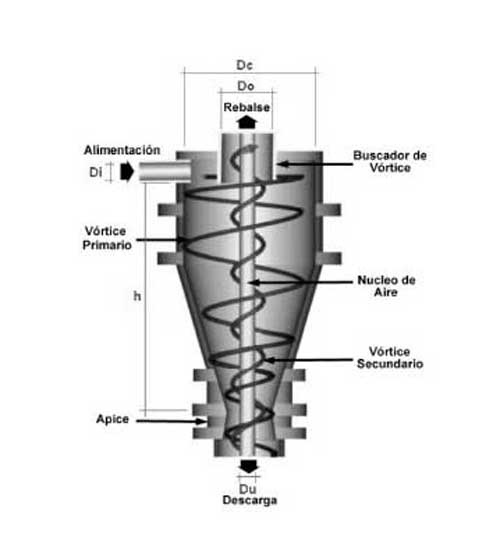Environmental legislation is rigorous concerning dust emissions to the atmosphere in all kinds of grain storage facilities to ensure the health of workers. Knowing the different types of dust filtration systems and how they should be placed is crucial when designing a silos plant.
The term dust refers to the amount of solid particles distributed in the air resulting from, among others, grain storage processes. A distinction is generally made between fine and coarse dust. Fine powder is divided into 3 categories: Powder-E (respirable dust), Powder-A (dust that can access the lungs) and Powder-U (ultra fine powder). Usually, fine dust is powder with a size below 10 um. In the case of grain storage facilities dust produced is generally coarse, with a size above 10 um or fine Powder-E type. In general, a high concentration of any type of dust or smoke can cause health problems if inhaled for a long period of time.
Spanish environmental Law Regulations 34/2007 and RD 10/2011 finally adapts the European legislation 2010/75 / EU to the scope of our country and is rigorous with dust emissions to the atmosphere in all kinds of facilities to ensure the health of workers since it can cause severe allergies and respiratory diseases.
The most used dust collecting method is the bag filter or fabric filter, through which passes the dust laden air. Dust is retained in the filter practically up to 99%. Dust is collected in the filter frame, and is usually stored in separate containers or removed. Such systems are complex processing operations and are equipped with self-cleaning sleeves, automatic discharge, continuous transport to the loading points or independent silos and discharge systems devices.
Other filtering system used in grain storage facilities is the cyclone collector which is another dust collection system, but has an average efficiency of only 75-80%. For fine particles, its efficiency is only 50-60%, since its function is limited to concentrating the dust collected at a central point for download to the atmosphere. The cyclone is generally used as pre-filter, i.e. placed in front of the dust filters for retaining larger particles. So just fine particles pass to the filter, which are removed or re-enter the stream of aspirated grain when circumstances allow it.
Dust collection systems can sometimes increase the risk of fire because they concentrate dust in certain parts of the equipment. In these cases, the dust filters must be placed outside and equipped with flameproof holes to minimize the possibility of explosion.
At Gandaria S.L. we focus on quality and customer satisfaction and we offer a wide variety of dust filtering systems depending on our client’s needs to ensure that daily work is done safely in all grain storage facilities we design.
“CICLOSIZER FOR SUB-SIEVE SIZING”. Source: Sepor INC
Need more tips or advice? Please visit our FAQ’s section
RELATED CONTENT
Differences, Advantages & Disadvantages
- Advantages of using steel silos for grain storage instead of storing the grain in warehouses
- Advantages of using a Steel Silo over a Bag Silo for Grain Storage
- Advantages of a Steel Silo vs. a Concrete Silo for grain storage
- Difference and benefits of a galvanised steel silo and a carbon steel silo with food paint
Safety tips for grain handling and storage
- Requirements to store grains safely
- The importance of temperature control inside the silo
- How to minimise spoilage during the storage of soybean
- Indicators to detect problems with the soybeans stored in a silo: Heating, change in color, musty odour, lumping and caking
- What are the necessary control plans for storing corn in a metal silo?
- How to store grain to reduce post-harvest losses and protect its quality
General Guidelines











